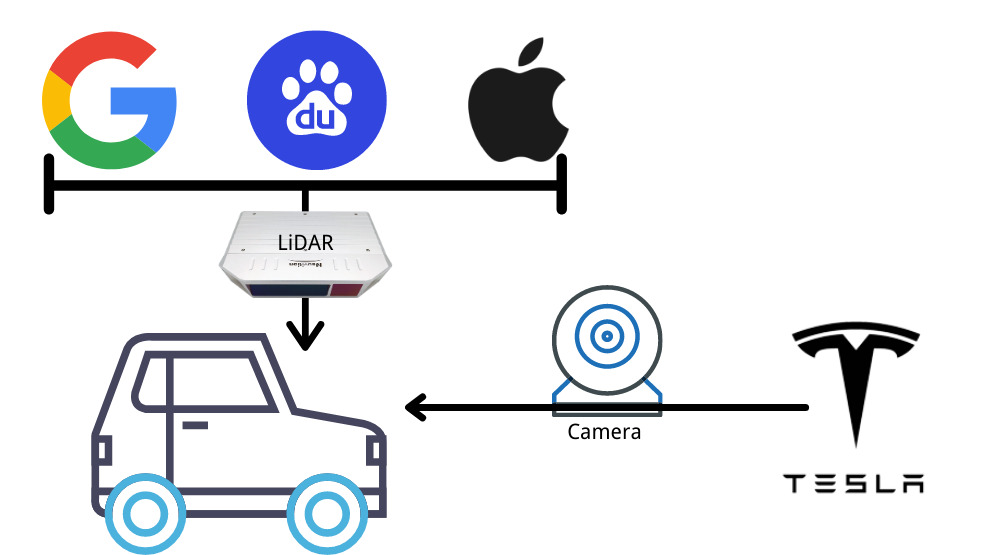The Working Principle and Characteristics of LiDAR
Author: Neuvition, IncRelease time:2021-05-06 02:39:48
Today we will discuss the working principles and characteristics of LiDAR.
LiDAR = laser transmitter + laser receiver + information processing system + servo control system + control display terminal.
The working principle of LiDAR is to periodically drive the laser to emit laser pulses through the excitation source. The laser modulator controls the direction and number of laser emission through the beam controller, and emits the laser through the emission optical system. At the same time, the photodetector is responsible for Receive the echo of the laser beam reflected by the target, generate the received signal, use a stable quartz clock to make the difference between the transmission time and the reception time, and calculate and output the measurement distance, angle, transmission intensity and other information through the information processing module. The signal processing software system is used to comprehensively process these attribute information, to obtain the surface shape, physical attributes and other characteristics of the target, carry out various data analysis or build object models.
LiDAR measuring time difference method
1. Pulse detection method-create a register to form a secondary register. In the clock trigger, the measured data is first sent to the first register, and then when the next clock edge comes, the data in the first register is stored in the second register, that is to say in the second register the data is always 1 cycle later than the first register, that is, 1 data later, and then the data in the first register is inverted and the data in the second register is ANDed, and the resulting number is stored in a new register. Here, the result of this is that when the data in the first register (note: not the measured data) changes from 1 to 0 (that is, the falling edge), a high level will be generated in the new register and maintained 1 cycle; if the rising edge is detected, the second register is inverted, and then the value of the first register is ANDed, and the result is stored in the new register, so that at the rising edge of the measured data, A high level is generated in the new register.
2. Coherent detection method ——Use the coherence of light to detect and process the information signal carried by the optical carrier. Only when a laser with good coherence is used as a laser source can the relevant processing be realized.
3. Phase shift detection method-two registers are set up, one is used to store the accumulated value of the total charge of each row in the data array, and the other is used to store the accumulated value of the total charge of each column in the data array. Calculate the two values through the formula, and compare the processed output signal with the original optical signal position to obtain the phase difference.

LiDAR technical characteristics;
A) It cannot penetrate clouds, raindrops or dense smoke, and has requirements for the weather environment.
B) Wide coverage, high precision, fast frequency and good environmental adaptability.
C) Get rich information.
D) Compared with stereo vision, it can directly return the distance from the side object to the LiDAR, and the measurement distance is more direct and accurate.
E) The amount of data is large, and subsequent processing is indispensable.
F) Be able to identify various attributes of obstacles in the surrounding environment, such as those that can be crossed (vegetation), those that cannot be crossed (rocks, trees, etc.), and potential negative obstacles (cliffs, mountain streams, etc.).
G) Strong anti-interference ability, good concealment, free from radio wave interference.
